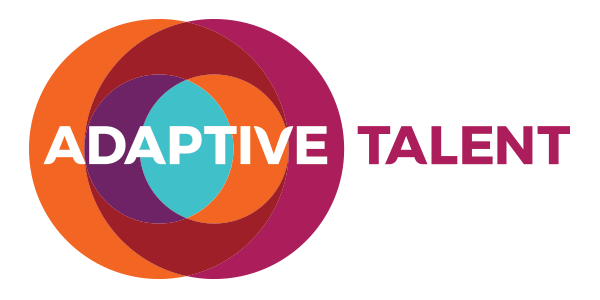The rest of the “Top 10” are…
Expecting dull position descriptions to attract — potential applicants assume that the company puts its best foot forward when it describes a job. So when they compare your dull, legalistic description with your competitor’s more compelling description, they will simply apply elsewhere. The net result is that you lose candidates unnecessarily, harm your employer brand, and you will eventually frustrate your hiring managers.
Not taking advantage of employee referrals — the best-practice firms approach 50% referral hires (the percentage of all external hires who come from referrals). Failing to fully use referrals means that you will miss out on a large number of high-quality, prescreened, and presold candidates. Because employees are no longer doing some of the recruiting work, your recruiting workload will increase.
Not learning the business — obviously if you can’t speak “their language” and you don’t understand their problems, hiring managers will be less responsive to your requests. Your lack of knowledge will also make it more difficult to communicate with, to sell, and to build relationships with candidates.
Using the same recruiting process for different level jobs — higher-level jobs require a different level of service, knowledge, and relationship-building. So using the same process that you use for lower-level jobs on more sophisticated, technical, or management jobs will result in fewer returned calls, a higher candidate dropout rate, and lower-quality hires.
Making slow hiring decisions — the very best candidates are gone quickly, so a drawn-out process or slow decision-making will likely mean that candidates with multiple offers will be gone. Managers will also become frustrated if a slow recruiting process means losing the best.
Assuming interviews are accurate — interviews are traditionally weak predictors but poorly executed interviews dramatically increase the chances of making a major hiring error. Poorly designed interviews may also screen out innovators and turnoff top candidates, because they have not felt challenged.
Using active sourcing approaches for passive candidates — posting your jobs using active sourcing approaches like job boards, newspaper ads, and job fairs means that the 75% of the workforce that is not actively looking for a job will never see them.
Not prioritizing jobs — focusing on low-value jobs with little business or revenue impact will anger your managers and reduce their business results. It may eventually lead to lower recruiting budgets, after executives see that your hiring is not prioritized and in line with their business priorities.
Not identifying job acceptance criteria — if you don’t proactively ask for their job acceptance criteria, you can only guess about what it will take to get a top candidate to say “yes.” Although it is ranked as #10, not tailoring your recruiting marketing and candidate-selling approaches to the decision criteria of top candidates almost guarantees that you will lose these candidates. Because these individuals have choices, they will simply wait until an opportunity comes along that precisely fits their requirements and expectations.”
Thankfully, the retained search practice at Adaptive Talent does none of these, and can help our customers to make the internal changes so that they can land game-changing talent via an efficient, enjoyable experience for all involved.
—
I hope this has been helpful and of course the Adaptive Talent team would welcome the opportunity to help you and your team improve your results and adaptability via our culture and organizational development consulting, communications and coaching / mentoring training, total rewards consulting, assessments, leadership coaching and development programs and retained search to help you land high impact talent.

